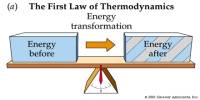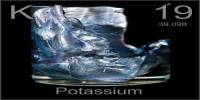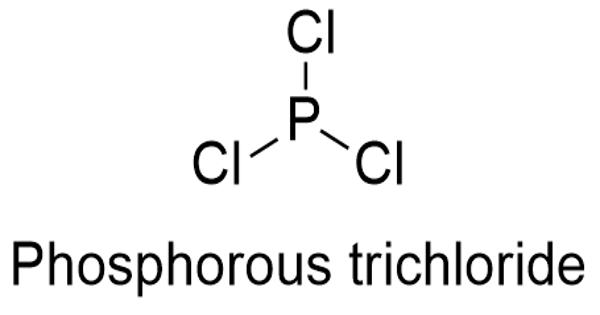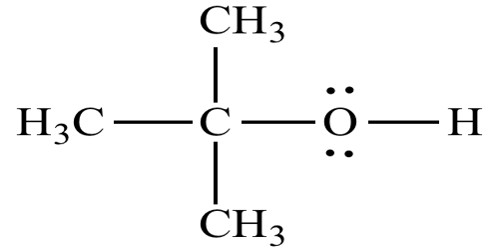Magnesium selenide is an inorganic compound with the chemical formula MgSe. It appears as a crystalline solid, typically colorless to pale yellow, and crystallizes in the rock salt (NaCl-type) structure under standard conditions. It contains magnesium and selenium in a 1:1 ratio. It belongs to the II-VI family of semiconductor compounds. It is classified as an ionic compound, with magnesium donating two electrons to form Mg²⁺ and selenium accepting two to form Se²⁻.
MgSe is synthesized by the direct reaction of elemental magnesium with selenium at high temperatures or through metathesis reactions involving soluble magnesium and selenide salts. It is stable in dry air but hydrolyzes in moist environments, forming hydrogen selenide (H₂Se), which is toxic and highly odorous.
In handling, MgSe must be treated with care due to the toxicity of selenium compounds and its reactivity with moisture. Protective equipment and inert atmosphere storage are recommended. Overall, magnesium selenide is a significant material in solid-state and materials chemistry, especially in electronic and photonic device research.
Properties
Magnesium selenide has semiconducting properties and has been studied for applications in optoelectronics, infrared sensors, and photodetectors due to its wide bandgap (~2.5 eV). It also has potential use in thin-film photovoltaic cells and luminescent materials.
- Chemical formula: MgSe
- Molar mass: 103.27 g/mol
- Density: 4.21 g/cm3 (rock-salt), 3.32 g/cm3 (zincblende)
- Melting point: 1,290 °C; 2,350 °F; 1,560 K
- Band gap: 3.9 eV (rock-salt) (300 K), 4.0 eV (zincblende) (300 K)
- Appearance: Typically a white to pale pink or gray crystalline solid
- Solubility: Insoluble in water
Electronic properties
Both rock-salt and zincblende MgSe are semiconductors. On the basis of different extrapolations, a room temperature bandgap of 4.0 eV has been recommended for zincblende MgSe. A room temperature bandgap of 3.9 eV was determined for rock-salt MgSe.
Preparation
Thin films of amorphous, wurtzite and rock-salt MgSe have been prepared by vacuum deposition of Mg and Se at cryogenic temperatures, followed by heating and annealing. Compound semiconductor alloys of MgSe, such as MgxZn1−xSe, have been prepared by molecular beam epitaxy.
Natural Occurrence
- Magnesium selenide does not occur naturally in significant quantities.
- It is typically synthesized in laboratories or industrially for research and specialized applications.
Reactions
Samples of pure MgSe and Mg-rich MgxZn1−xSe (x > 0.7) readily react with water and oxidize in air.
Direct combination of elements: Mg+Se→MgSe
Heated in a vacuum or inert atmosphere
Reduction of magnesium salts with hydrogen selenide: MgCl2 + H2Se → MgSe+2HCl
Applications
Semiconductors: MgSe is studied for optoelectronic and photonic applications, especially in:
- Blue-green light emitters
- UV detectors
Epitaxial Layers: Used in thin-film structures with other II-VI semiconductors like ZnSe and CdSe
Infrared optics: Has potential in IR-transmitting materials
Safety and Handling
- Toxicity: MgSe itself is relatively inert, but moisture exposure can release H₂Se, which is highly toxic and flammable
- Storage: Must be stored in dry, airtight containers
- PPE Required: Gloves, goggles, lab coat; use under fume hood
















